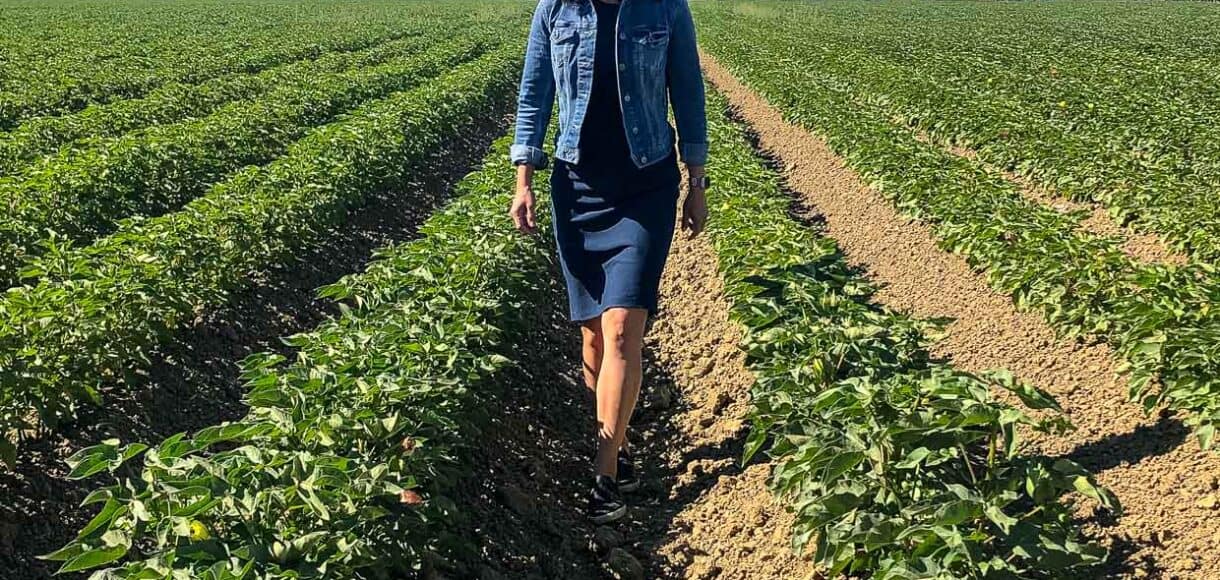
A Taste of Agriculture in Central Valley California
Join me as I explore farming in Central Valley California, an area responsible for feeding families across the world. Learn how our fresh food is grown and the farmers who farm San Joaquin Valley.

Join me as I explore farming in Central Valley California, an area responsible for feeding families across the world. Learn about California agriculture, how our fresh food is grown and the farmers who farm San Joaquin Valley. This post is brought to you by the California Farm Water Coalition.
We’re at the height of summer’s bounty when our grocery stores and markets are bursting with everything that is delicious at this time of year: stone fruit and melons, sweet ears of corn, plump zucchini, and juicy tomatoes, and so much more. I don’t know about you, but it’s my favorite time of year when it comes to ingredients, and frankly, it’s easy to take it all for granted.
When you want a peach, what do you do? A quick trip to the store pretty much guarantees you can find a peach. Need tomato sauce for tonight’s pasta? Avocado for that summer salad? You know where to go. If you want it, you can find it.
Think about it — when was the last time you didn’t see spinach at the store? Or broccoli? Or carrots?
Chances are, that ear of corn you had at your 4th of July barbecue came from a farm out here in California. The almond milk you blended with the frozen peaches for your breakfast smoothie came from orchards in the Central Valley. And the raisins you packed as a snack dried in vineyards under the hot California sun.
I recently had the privilege to return to California’s Central Valley to spend more time where our food is grown. Each time I visit, my appreciation for California agriculture deepens for the work it takes to grow the food we take for granted, and the sheer enormity of what is at stake.
Consider this: California is the richest farmland in the world and can produce more per gallon of water than anywhere else.
Water and California’s Farms
I joined the California Farm Water Coalition, a non-profit educational group committed to informing the public on the vital role of water in the food, fibers, and products grown on California’s farms, on a two-day intensive tour of Central Valley’s food producers. We visited a diverse range of farms, from smaller-scale growers to large food growers, each with their own unique set of challenges based on their location in the valley, the food and products they grow, and their method of harvest, to name just a few.
While each farmer had their own unique perspective, they also shared similar concerns, despite their differences. Concerns that you and I as consumers hardly ever consider when we shop for plums that almost magically appear at the grocery store.
As consumers, many of us place importance on how our food is grown — we question whether it is grown organically or conventionally, locally or imported from abroad, or perhaps food safety. But have you ever considered the role of water in our country’s food production?
Here in California, we as citizens pay a lot of attention to water — living here where we go through cycles of drought, it’s just part of life. But when it comes to water and California farms, or ranches, as they are called, this tour helped me appreciate the special relationship between geography, infrastructure, the cycles of mother nature, and the crops, and how each one plays a critical role for food producers.
When you consider how California produces more fruits, nuts, and vegetables than any other state, AND with a 43% increase in food production since the late 1960’s using the same amount of water, you can’t help but appreciate the state’s role in feeding so many.
Agriculture in Central Valley California
In the two days we spent in the valley, we visited 8 sites, each with a unique perspective on farming, water situation, and approach to farming.
Rue and Gwen Gibson Farmers Market
We saw how students at Fresno State developed hands-on training as an integral part of the Fresno community at the Rue and Gwen Gibson Farmers Market. This student-operated farmers market offers everything from fresh produce and honey to meat and ice cream. They even produce and sell their own wine!
Wawona Frozen Foods
At Wawona Frozen Foods, we saw how this large-scale family-operated business specializes in freezing and packing fresh fruits responsibly and while treating their employees with compassion and as an extension of their family. Having been in business for over 50-years, they continue to innovate to be efficient and conscientious in their production. On the day we visited, they were harvesting and packing fresh peaches — chances are you’ve had their peaches, whether in a peach pie, in yogurt, or in frozen peaches you buy for your smoothies. They also freeze fresh fruit cups that are served in school lunches throughout the country, and quite honestly, I wish they would sell them in regular stores — they’re like eating fresh peaches off the tree!
Hudson Farms
We met Liz Hudson, from Hudson Farms, who along with her husband, Earl, grows peaches and markets their crop at a small farm stand. On a smaller scale, Liz was able to share her very personal story as a farming family. Because of their location in Fresno with groundwater and the snow in the Sierras, they are fortunate to have a good supply of water, though they struggle with finding workers to help them harvest the peaches year after year and the increasing costs of farming in California year after year. You can’t help but hope that Liz and her family can continue to grow food for us, and continue to attract repeat customers year after year, some from all across the country. By the way, Liz baked us the most amazing peach cobbler – the memory of that tender cake-like cobbler will sit with me for as long as I live.
Larry and Sharon Cruff: Sunmaid Raisin Growers
We sat in the kitchen of Larry and Sharon Cruff, 3rd generation farmers and co-op growers for Sunmaid Raisins. The beautiful rows of grapes for raisins footsteps away from their front door have been a wonderful crop for the Cruff’s, and while not without their challenges, they have been able to embrace innovation to help their business. They made the switch to mechanical harvesting due to the lack of labor, despite their efforts to pay well. Chances are when you eat Sunmaid raisins, either from a box or in your oatmeal cookies, you’re enjoying the hard work of the Cruff family — I know that when I eat some of the raisins they sent me home with, I feel like I’m back in their cozy home again.
Stamoules Produce
The following day took us north of Fresno, in Los Banos, where concerns with water supply are more critical. Many larger-scale farms are located here, such as Stamoules Produce, where they have been harvesting, packing and shipping worldwide for 80 years. Here they grow cantaloupes, honeydews, mini watermelons, sweet corn, broccoli and bell peppers, and on the day of our visit, sweet corn harvest was in full swing. Try to imagine over 1.8 million ears of corn being harvested and processed a day! Even harder to imagine is the narrowing profit margin — it costs $9 per box of corn to produce but only sells for $10 per box. The increasing wages add to the challenge, especially when their competitors on the east coast pay their workers less. Ranches like Stamoules have or are considering making the change from growing labor-intensive crops like melons and onions to growing more drought-tolerant and less-labor intensive crops like pistachios.
Red Top
Not too far away, we headed to Red Top, which used to be a cattle ranch in the mid-1850s, boasting of hundreds of cattle and a roster of 80 cowboys. Since then, the farm has transitioned to grow mostly almonds and grapes for raisins, in an area not served by a water district. We met with Sarah Woolf and other local farmers who are striving to farm more sustainably while protecting regional groundwater resources. They have taken the situation into their own hands, developing their own infrastructure and water projects, to bring in flood plain water for irrigation or to recharge the ground-water supply,
Bowles Farming Company
In contrast, the Bowles Farming Company is a story in innovation that began with its illustrious founders Miller and Lux, who transformed California and agriculture when they began farming cattle in 1858. With over 160 years of farming, and having also transitioned from cattle to now producing dozens of different crops, Bowles Farming Company has received multiple environmental awards, boasts excellent work benefits and high retention rates with their workforce, and innovative irrigation practices.
We were able to go deep in the acres of fields to see how corn is harvested, and even taste the carrots dug from the earth and melons that were ready for harvest.
Volta Wildlife Area
Our last stop took us to the Grassland Water District, which works together with local irrigation districts like CCID provide water to Volta Wildlife Area. Here we learned more about the agricultural and environmental partnerships for water supply, food production, water use efficiency, and environmental restoration.
This trip truly was one of the most educational I have had the joy of participating in, and I wish I could share even more with you — the CFWC and the farmers shared with us so much, one could easily write a thesis, and I know we are just touching the surface, having spent just a weekend in the Central Valley. California farmers span the entire state, each with their own set of challenges, each doing their best to preserve and economically use the most precious resource.
Water truly is their most important concern, and it makes me consider every fruit and vegetable I feed my family…the water and sun that fed it, and the hands that grew it.
Disclosure: This post is brought to you in partnership with the California Farm Water Coalition. Thank you for supporting brands that matter to me; sponsored posts such as this help behind the scenes at Kitchen Confidante. All opinions in this post are, as always, my own.
LEARN MORE ABOUT FARMING IN CENTRAL VALLEY CALIFORNIA
Savory Olive Cheese Scones + California Ripe Olives Grove Tour
Garden of Eden
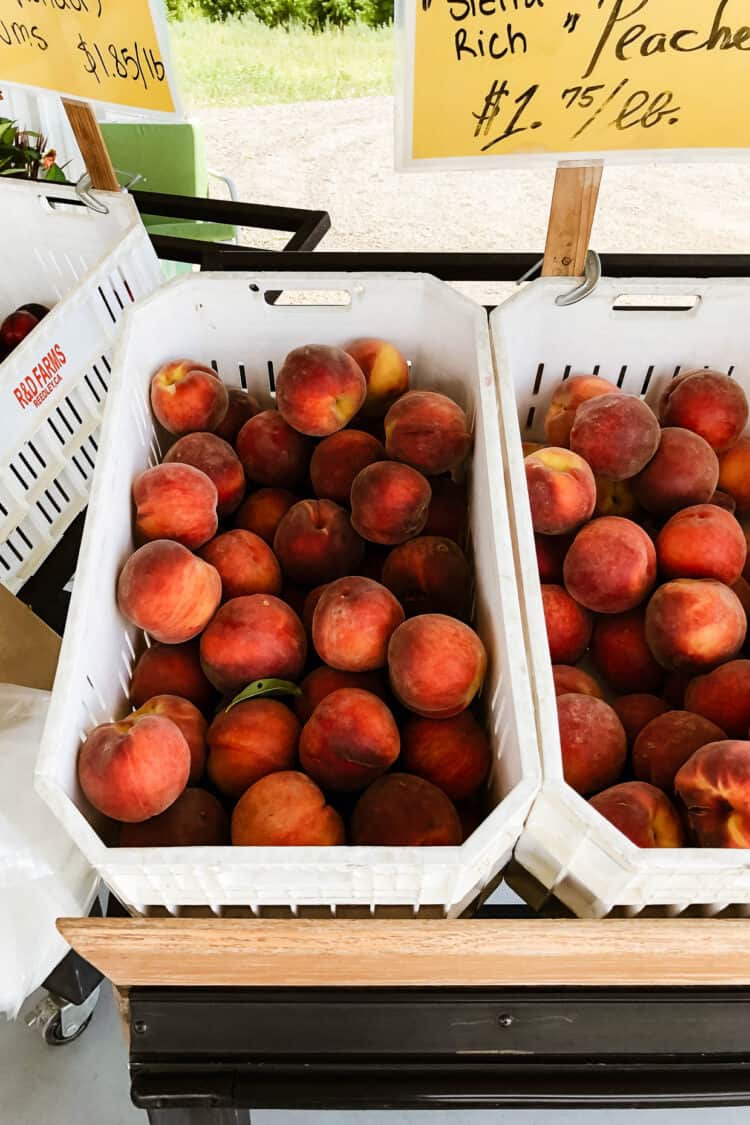
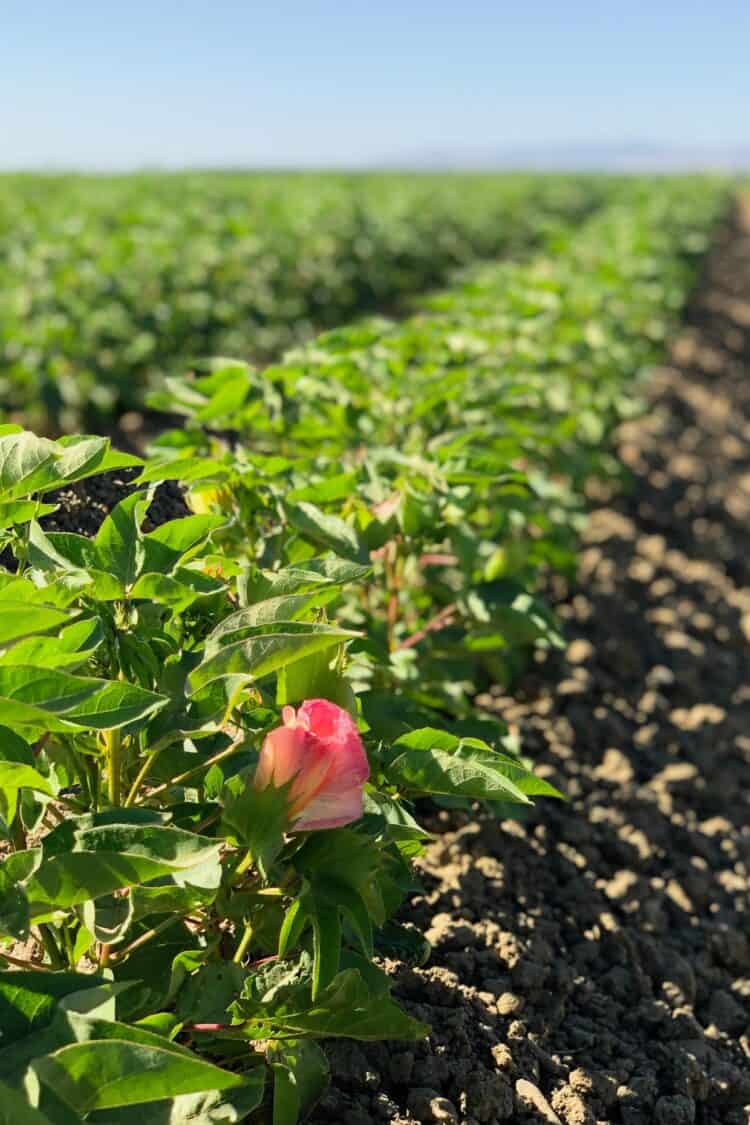

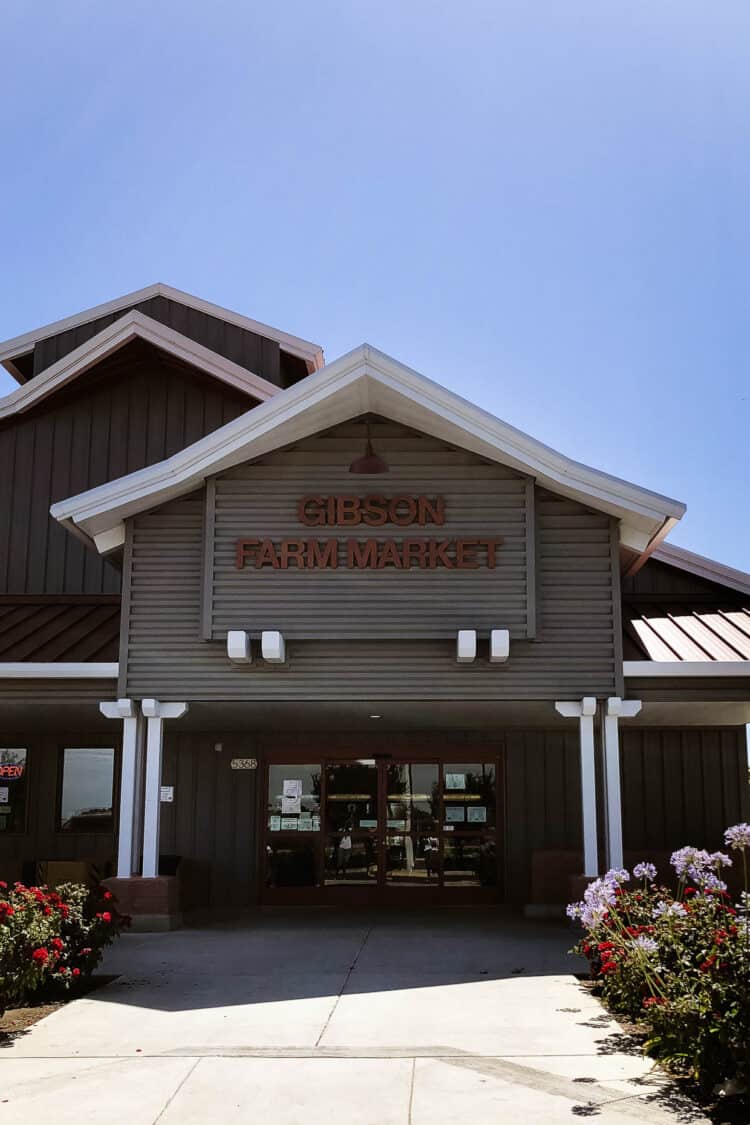
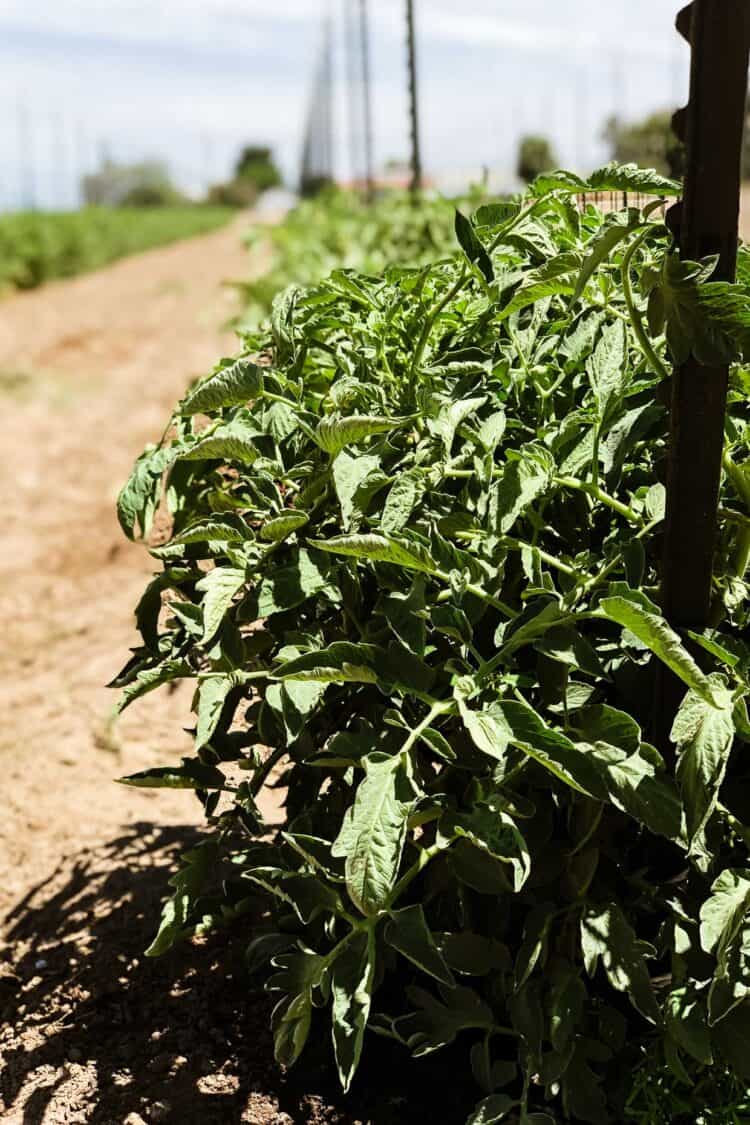
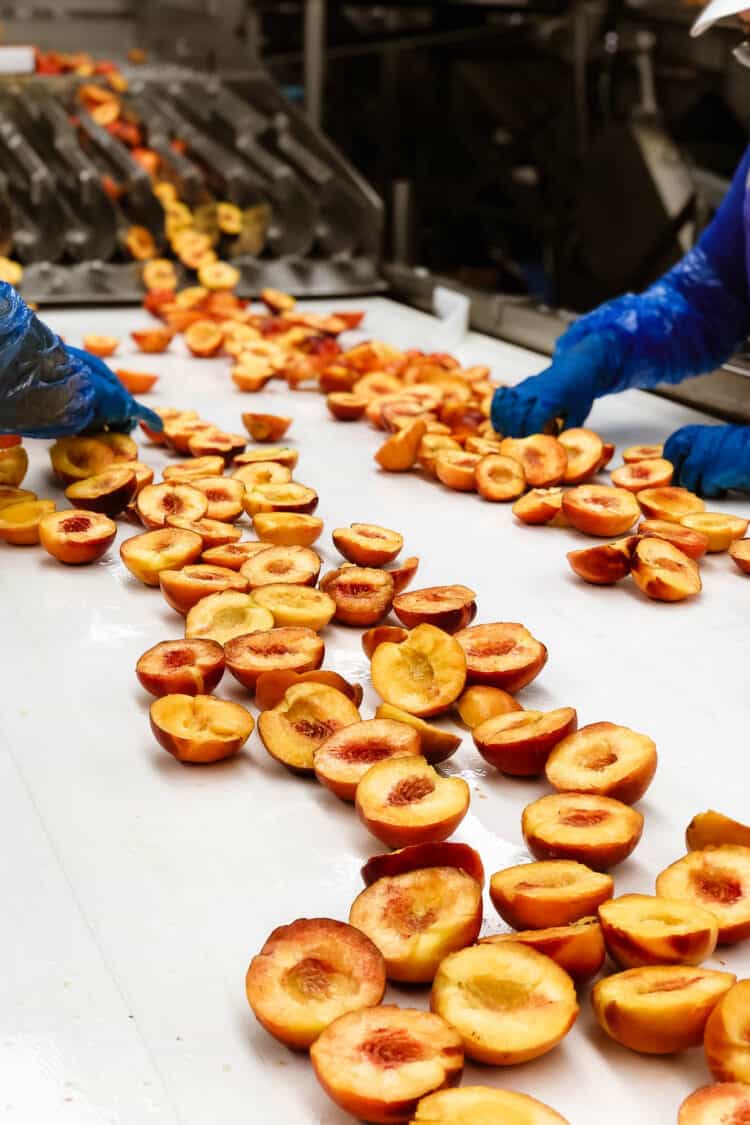
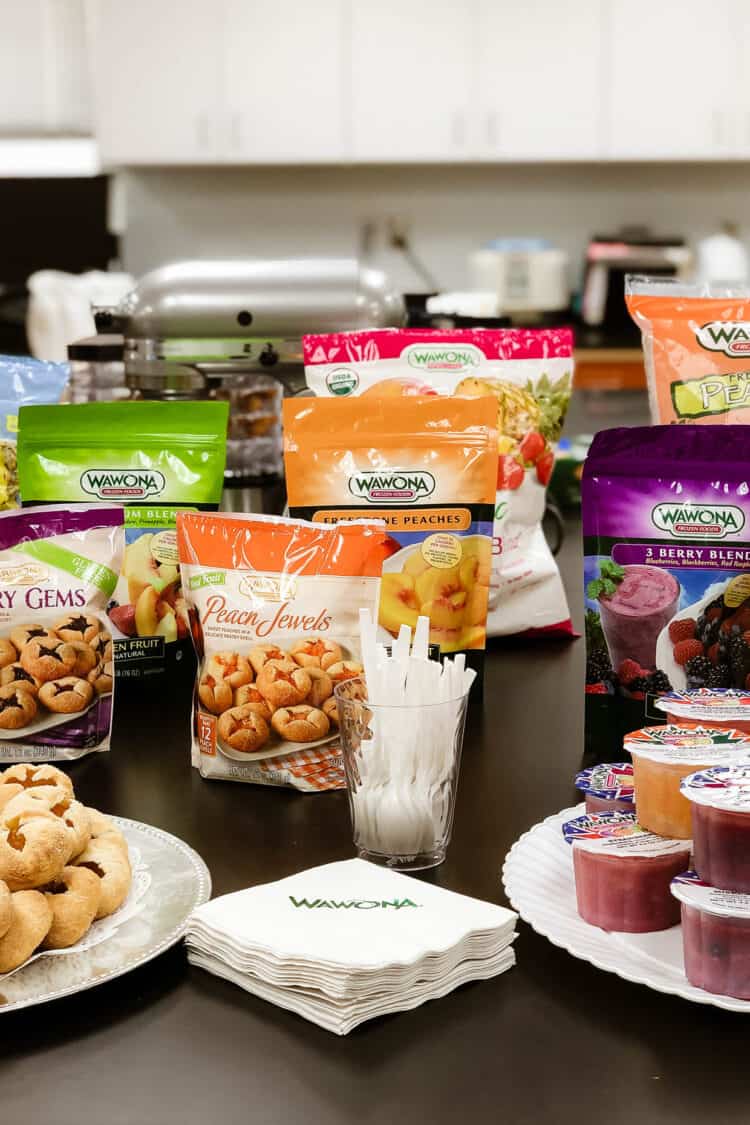
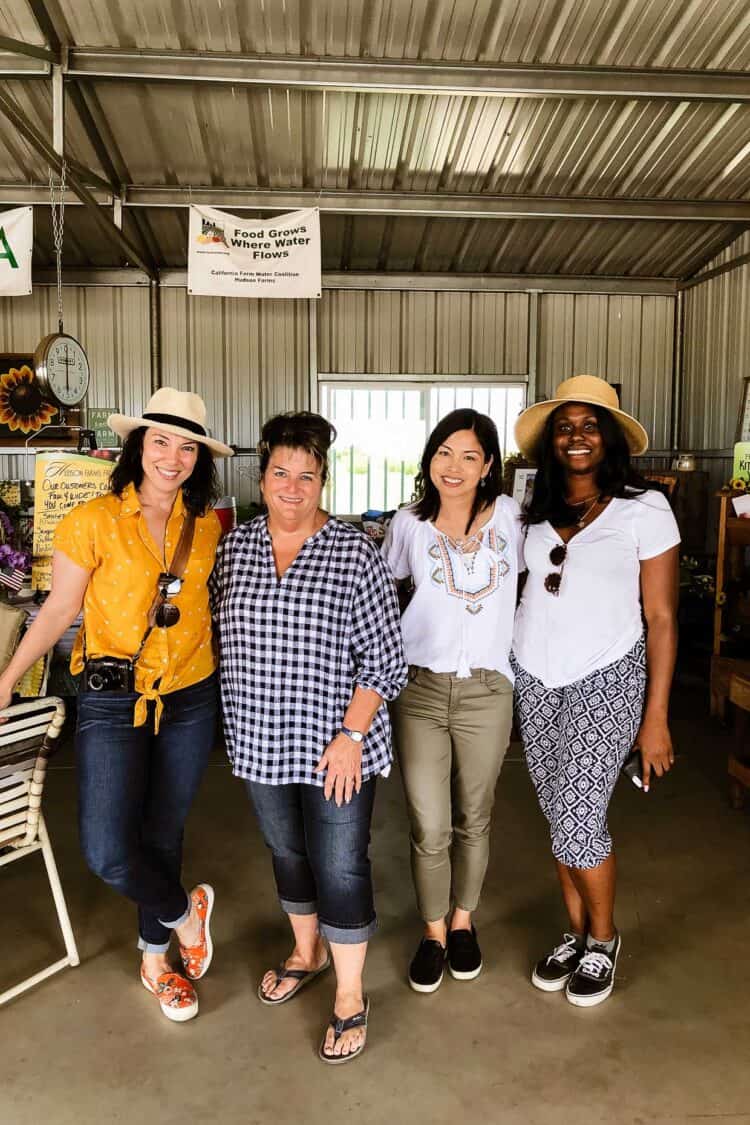
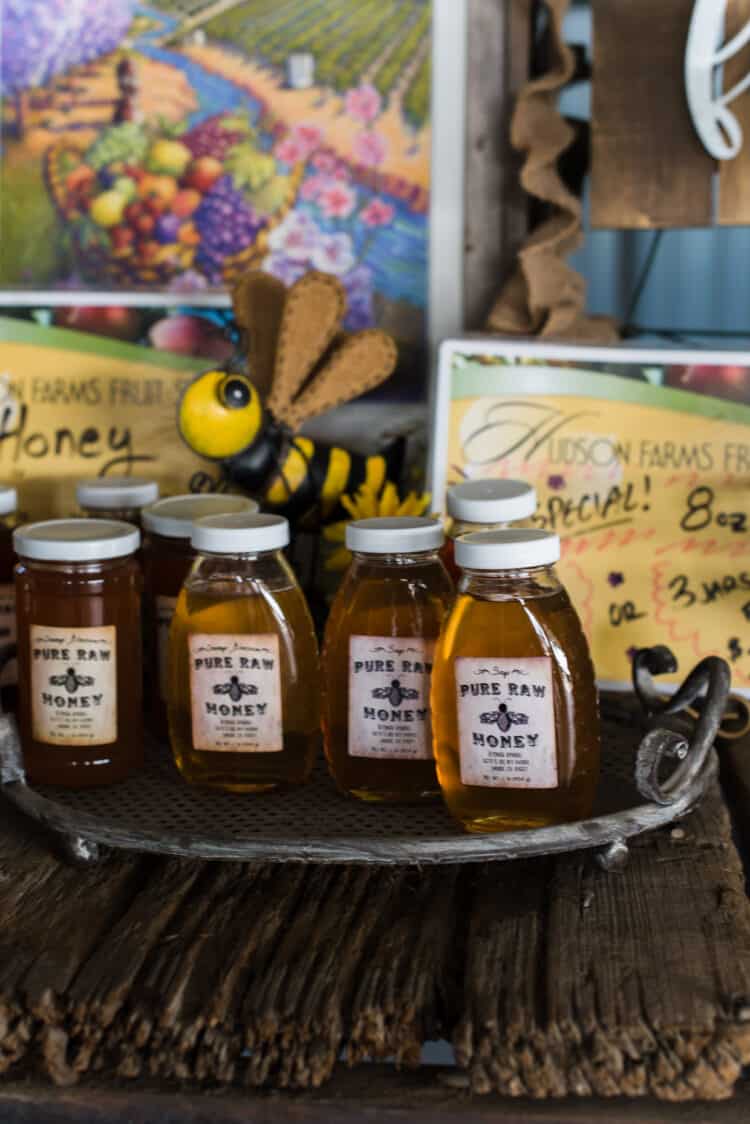
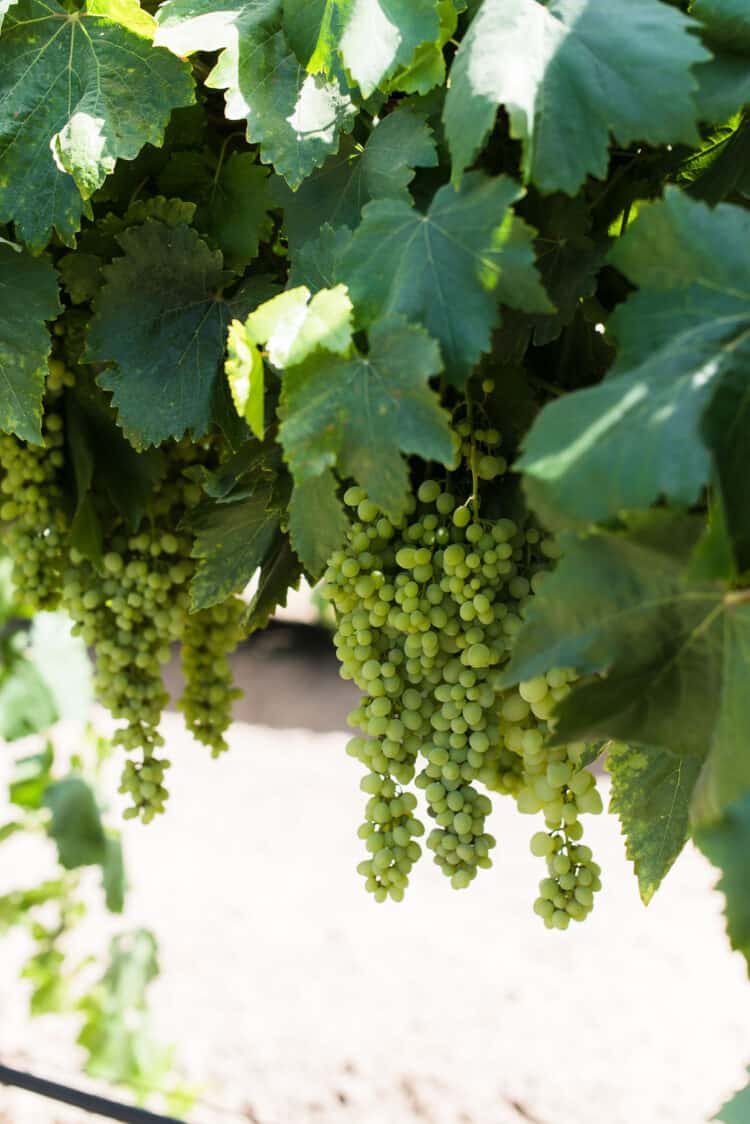
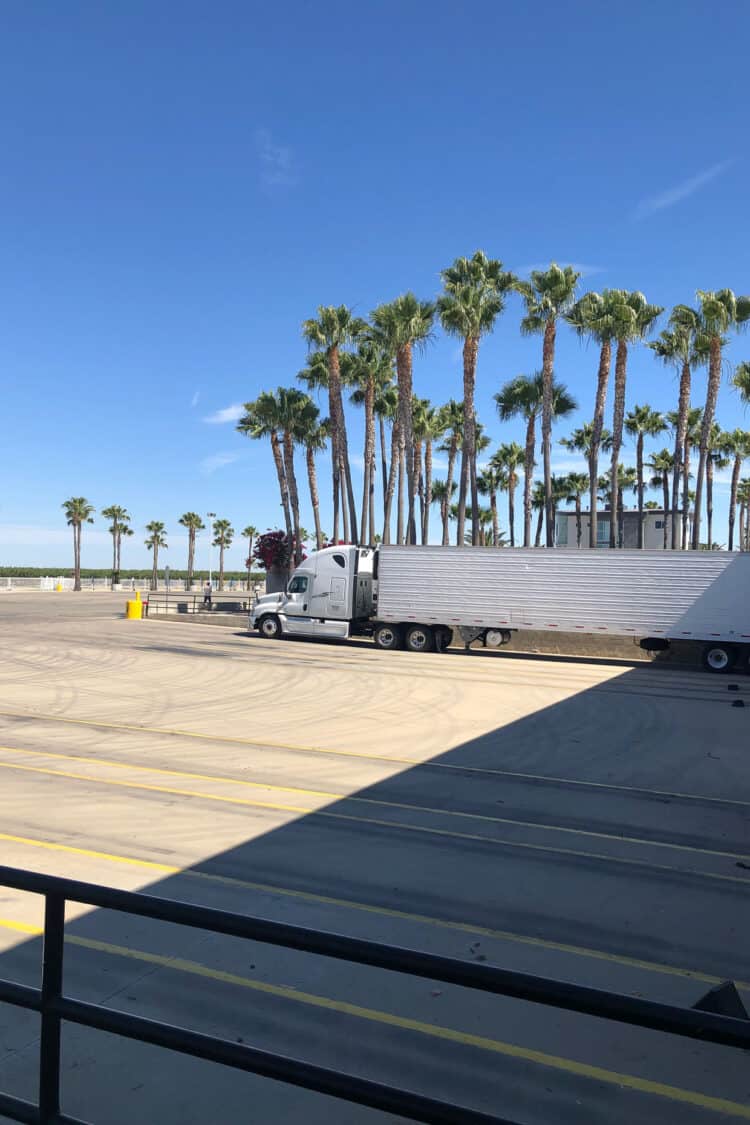


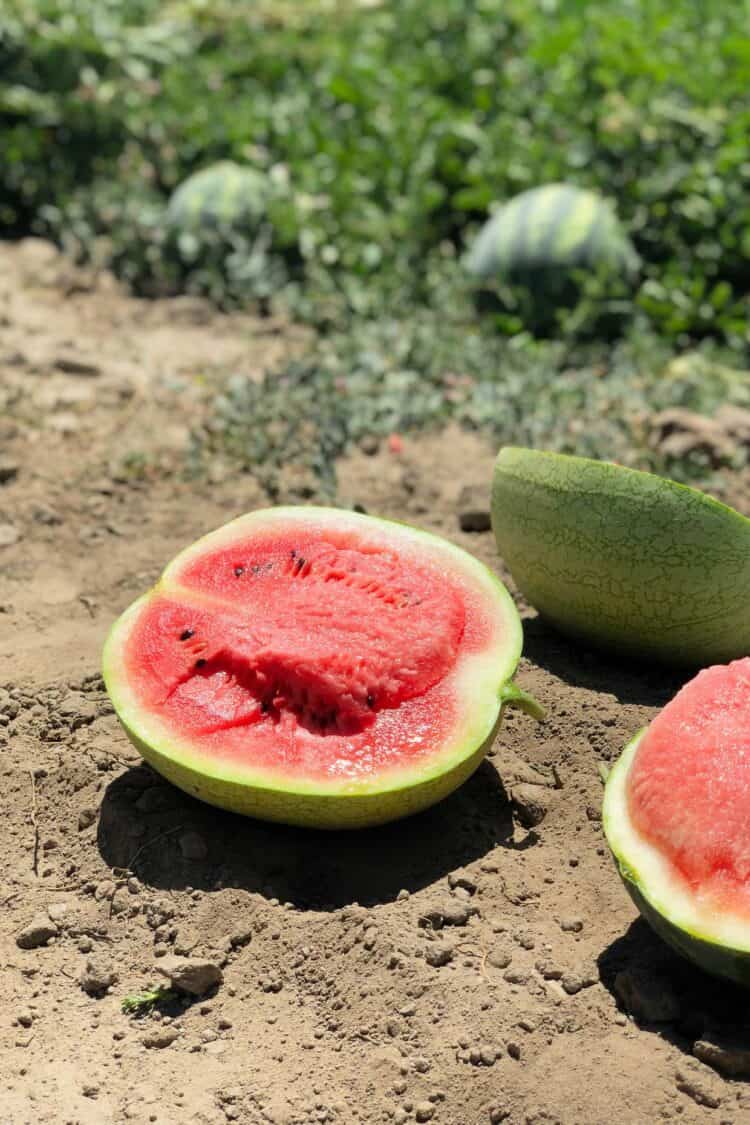

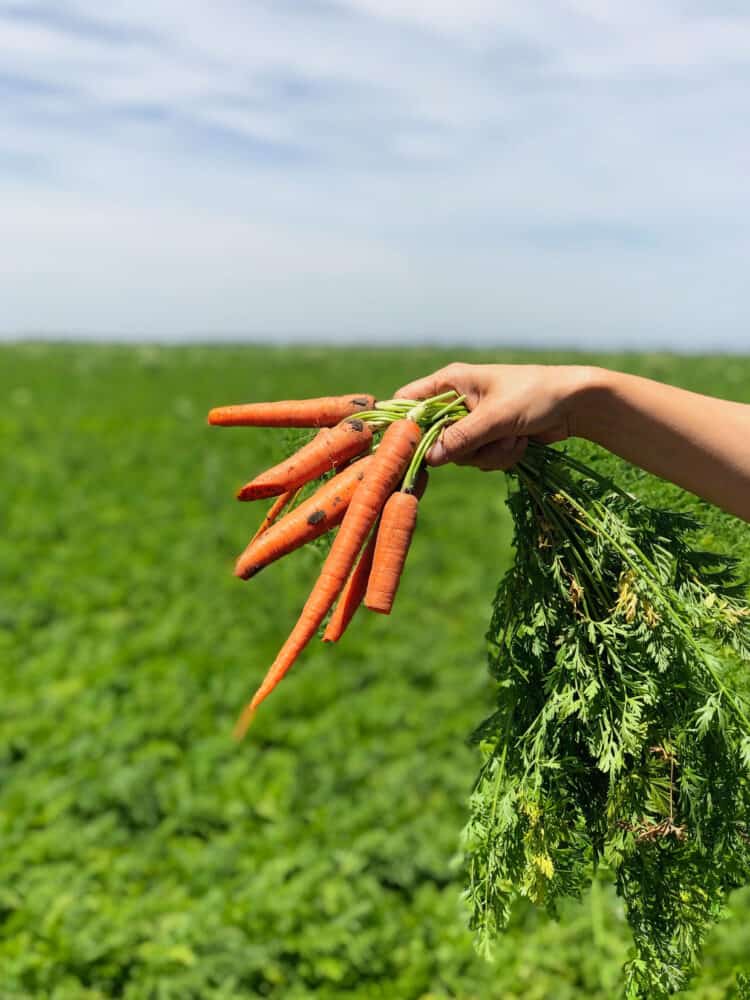
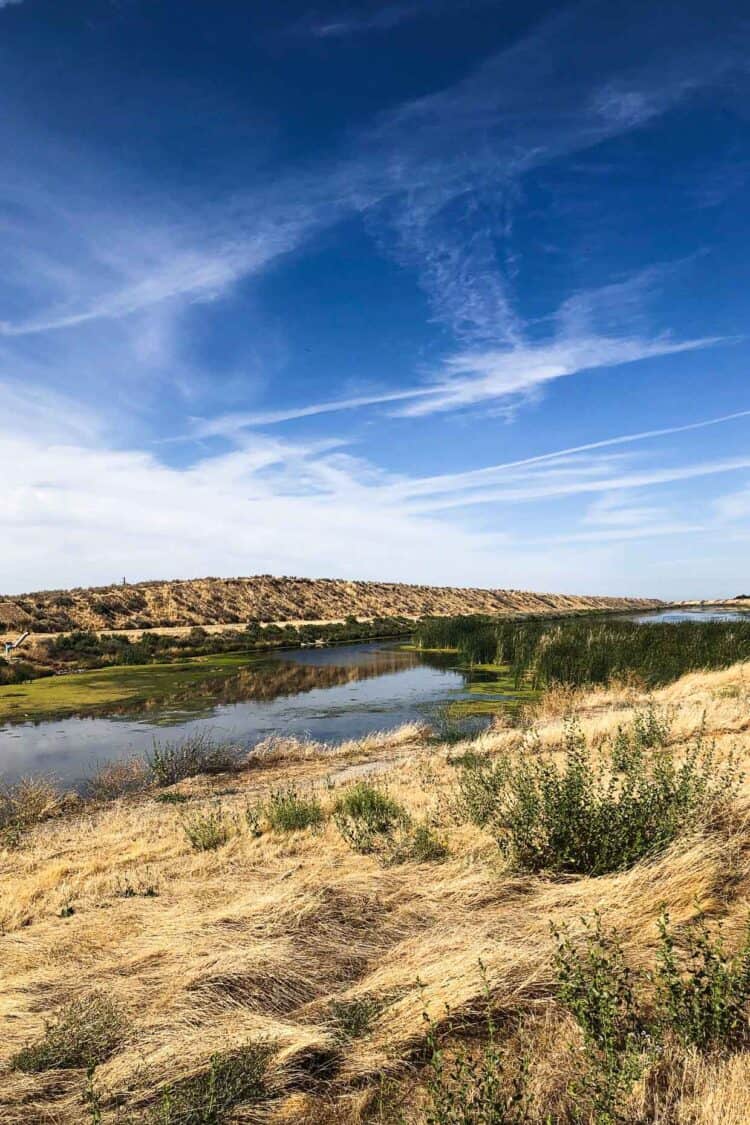
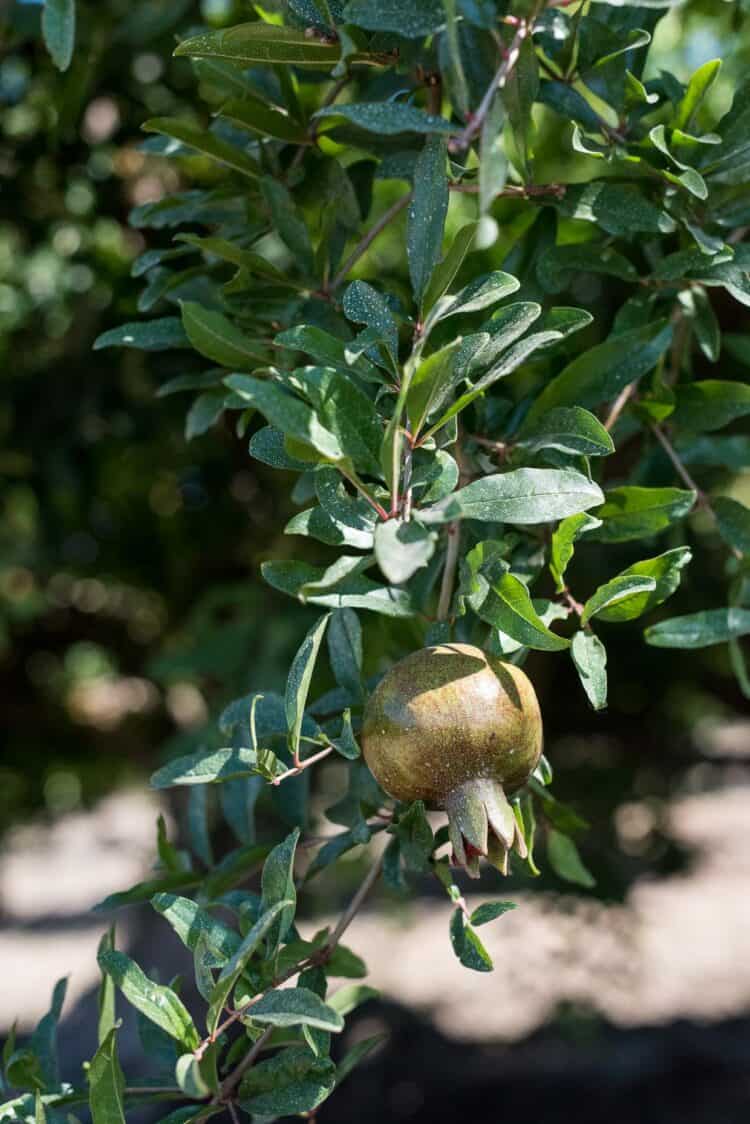



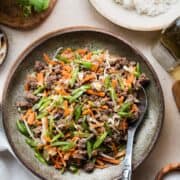

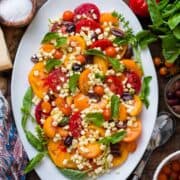










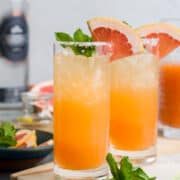
thank you for this interesting tour, probably the least visited area of California, so no one really has an understanding of all of the agriculture that’s produced there